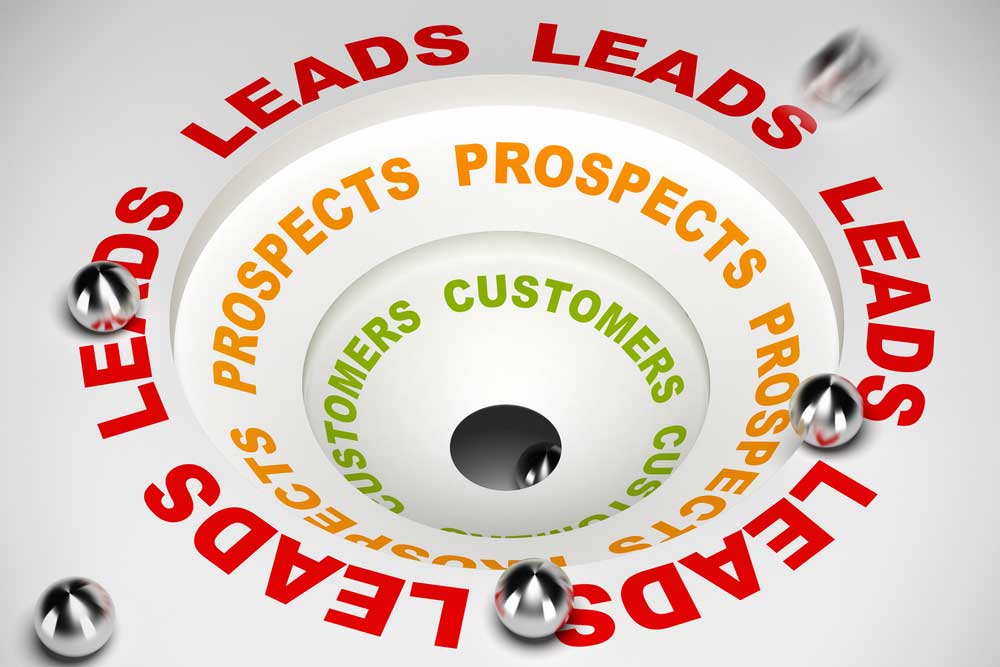
As a strategic business consultant and interim marketing director, I have worked with many Business-to-Business organisations, in sectors like engineering & manufacturing, infrastructure and more. What surprises me is how few of them have a real-time visible pipeline, let alone strategies for pipeline growth and management.
What is a Pipeline?
A pipeline is the flow of interest in your products and services from awareness with suspects, through interest from prospects and conversion to clients, including:
- Lead generation
- Lead nurturing
- Deal closing
- Post-sales
In short, a business pipeline is a representation of your product or service’s sales lifecycle. It helps you determine where, if at all, you have roadblocks in your sales flow, where your leads are coming from, their status and if there is a point where you might lose them, and so on.
A sales pipeline is supposed to be a clear visual representation of each point in the business flow, but what I often see when I go in as an intern is a few dozen spreadsheets, maybe an Access database and perhaps a couple of things on SharePoint, with little real-time visibility of the overall situation.
Instead of having all the information in front of me, I have to put all those scattered sources together to find out what’s really going on in the business, and this is often retrospectively at one point in time. In effect a static ‘snapshot’.
In fact, quite often, businesses have a bit of a panic when it’s time for a board meeting. At the last minute, they are pulling together all their information so they can finally have a retrospective view of what’s happened in the past month, to show their investors and private equity people.
It seems strange that more businesses don’t have a real-time visual pipeline to help them make day-to-day management and business decisions when it offers so many benefits.

What are the Benefits of Pipeline Management?
No matter how well you may know your business, having a visual, real-time sales pipeline allows you insights that you may not have otherwise. Here are some of the advantages you get with effective pipeline management.
- A more accurate sales forecast
- A clearer understanding of the average time taken for a lead to become a customer
- Progress and performance of each salesperson and team
- Resource allocation and maximisation
- Lead nurturing
For example, I recently went into a business and was presented with spreadsheets hyperlinked with macros. It looked phenomenal, pushing the boundaries of how to use a spreadsheet.
However, it did not offer a graphical view of the pipeline, which can help you in making good management decisions, with information such as:
- Are we making more profit in this region compared to that region?
- Where are we having the greatest success?
- Which sales team is getting the best results?
Such information could help you understand exactly what is going on within your business, allowing you to identify the factors that helps you make better, more profitable decisions.
Understanding your sales process and customer behaviour could help you refine your marketing activities and communication methods. It could also help you generate high-quality leads that offer much better conversion.
As you can see, effective pipeline management gives you very attractive benefits to maximise the potential of your business and sales. My recommendation is you should get a real-time visible pipeline as soon as possible, and preferably in a CRM system.
If you need any help with your pipeline growth and management, I would be happy to help. Get in touch with me to see how I can help your business.
